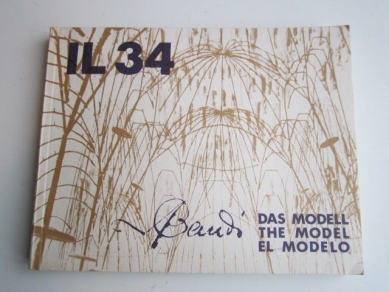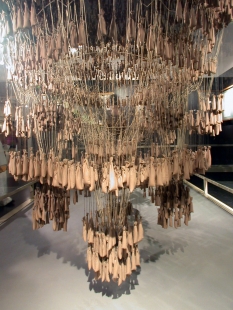
Jos Tomlow: Antoni Gaudí and the hanging model principle
Lecture from the series From the World
Source
FUA TUL
FUA TUL
Publisher
Tisková zpráva
06.01.2020 08:40
Tisková zpráva
06.01.2020 08:40
Lectures
Czech Republic
Liberec
Antoni Gaudí
Introduction to the architecture of Antoni Gaudí (1852-1926). The author explores the main buildings in Barcelona including Sagrada Familia, and a project for a Franciscan monastery in Tangiers. Main topics are statics, complex geometry, daylight control and other sustainable aspects. The second half explains methodological aspects of historic hanging models in comparison with Gaudí’s work. Examples of design based on the principle of the reversion of the catenary (hanging model) by innovative personalities like Heinrich Hübsch, Carl Anton Henschel, Alessandro Antonelli, Wilhelm Tappe and Josep-Marìa Jujol i Gibert, Gaudí’s collaborator, Frei Otto are presented and analyzed. Jos Tomlow is co-founder of the Gaudí research group Delft which started in 1976 on initiative by Jan Molema.
Prof. Dr.-Ing. Jos Tomlow (*October 5, 1951, Roermond, Limburg, The Netherlands).
Architectural training at the Technical University of Delft, Holland. 1976 Co-founder of Gaudí Research Group Delft, directed by Jan Molema. 1982-95, Research at the Institute for Lightweight Structures (IL) in Stuttgart. 1986, PhD on Hanging Model by Antoni Gaudí 1986, Examiners: Frei Otto, Jürgen Joedicke, Rainer Graefe. 1995 teaching Art and Architectural History at the Hochschule Zittau/Görlitz. Gaudinism, History of design and complex geometry, building physical aspects of Modern Movement Architecture (DOCOMOMO ISC-T member), city planning history, Umgebindehäuser.
Prof. Dr.-Ing. Jos Tomlow (*October 5, 1951, Roermond, Limburg, The Netherlands).
Architectural training at the Technical University of Delft, Holland. 1976 Co-founder of Gaudí Research Group Delft, directed by Jan Molema. 1982-95, Research at the Institute for Lightweight Structures (IL) in Stuttgart. 1986, PhD on Hanging Model by Antoni Gaudí 1986, Examiners: Frei Otto, Jürgen Joedicke, Rainer Graefe. 1995 teaching Art and Architectural History at the Hochschule Zittau/Görlitz. Gaudinism, History of design and complex geometry, building physical aspects of Modern Movement Architecture (DOCOMOMO ISC-T member), city planning history, Umgebindehäuser.
The English translation is powered by AI tool. Switch to Czech to view the original text source.




0 comments
add comment










